ATTRACTIONS
Polonnaruwa – UNESCO World Heritage Site
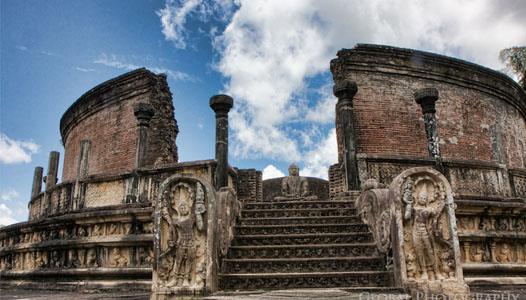
Polonnaruwa bears witness to several civilizations, notably that of the conquering Cholas, disciples of Brahminism, and that of the Sinhalese sovereigns during the 12th and 13th centuries. This immense capital created by the megalomaniac sovereign, Parakramabahu I, in the 12th century, is one of history’s most astonishing urban creations, both because of its unusual dimensions and because of the very special relationship of its buildings with the natural setting. It is also a shrine of Buddhism and of Sinhalese history. The tooth of the Lord Buddha, a remarkable relic placed in the Atadage under Vijabayahu, was considered as the talisman of the Sinhalese monarchy: its removal by Bhuvanaikabahu II confirmed the decline of Polonnaruwa.
Minneriya Wildlife Sanctuary
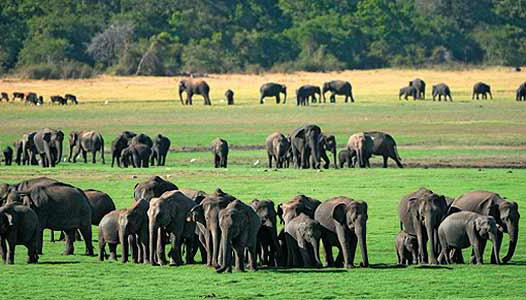
Minneriya National Park is a national park in North Central Province of Sri Lanka. The area was designated as a national park on 12 August 1997, having been originally declared as a wildlife sanctuary in 1938.[1] The reason for declaring the area as protected is to protect the catchment of Minneriya tank and the wildlife of the surrounding area. The tank is of historical importance, having been built by King Mahasen in third century AD. The park is a dry season feeding ground for the elephant population dwelling in forests of Matale, Polonnaruwa, and Trincomalee districts. The park earned revenue of Rs. 10.7 millions in the six months ending in August 2009.[2] Along with Kaudulla and Girithale, Minneriya forms one of the 70 Important Bird Areas (IBAs) of Sri Lanka.[3] The park is situated 182 kilometres (113 mi) from Colombo.
Rock Temple in Dambulla
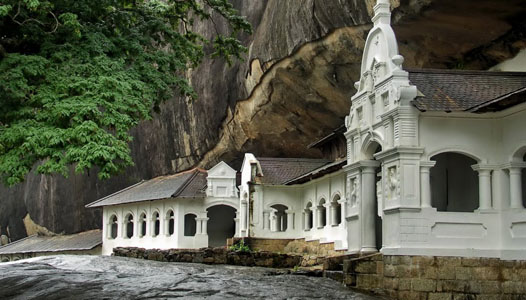
The rock of Dambulla is the centre of a Buddhist cave-temple complex established in the 3rd century BC and occupied continuously until today. Its location has marked a transportation node between the Eastern and Western Dry Zones and between the Dry Zones and the central mountains throughout the history of Sri Lanka. The cave-temple complex is established on an inselberg or erosional remnant of importance in the study of the island’s geological history. The site also includes evidence of human occupation going back to the prehistoric period, including the megalithic cemetery at Ibbankatuwa.
Sigiriya – UNESCO World Heritage Site
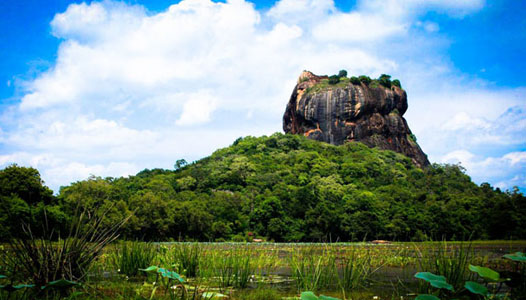
Sigiriya is a unique witness to the civilization of Ceylon during the years of the reign of Kassapa I. The site of the ‘Lion Mountain’ was visited from the 6th century AD, by passionate admirers. The frescoes of Sigiriya inaugurated a pictorial style which endured over many centuries. The poems inscribed on the rock by certain of these admirers, and known as the ‘Sigiri graffiti,’ are among the most ancient texts in the Sinhalese language, and thus show the considerable influence exerted by the abandoned city of Kassapa I on both literature and thought.
Pink Quartz Mountain (largest in Asia)
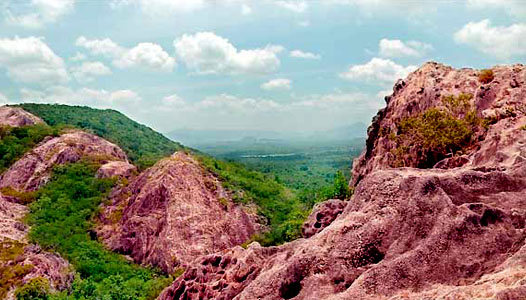
jathika Namal Uyana revealed 15 years ago, which has become the first NA Forest is the most popular sacred place among the people in Sri Lanka which has a great history during the era of king Devanampiyathissa in Anuradhapura.
Ancient statues added with historical values are nearby Jathika Namal Uyana pink quartz mountain. Ruins of buildings, Bodhigara, Stupas, inscriptions further can be seen here. 60acres of forest has been apportioned as an ancient area Ancient statues added with historical values are nearby Jathika Namal Uyana pink quartz mountain. Ruins of buildings, Bodhigara, Stupas, inscriptions further can be seen here. 60acres of forest has been apportioned as an ancient area.
Spice Gardens
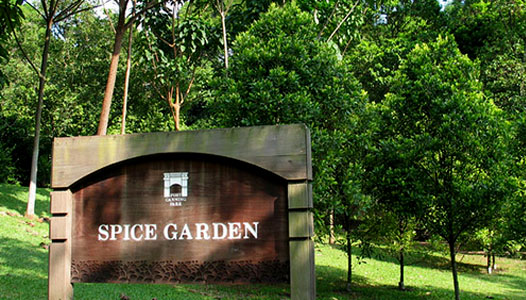
Sri Lanka is famous for its spices and spices gardens. These spice gardens offers tourists memorable visits to various spice plantations in Sri Lanka. In order to promote and uplift spice growing and spice gardens of Sri Lanka a spice council was established with all key industry private and public sector stakeholders. During early historical times Sri Lanka Known as Taprobane, was world renowned for its quality spices. During ancient times the Greeks, Romans and the Arabic maintained there links with Sri Lanka through the spice trade.
Anuradhapura – UNESCO World Heritage Site
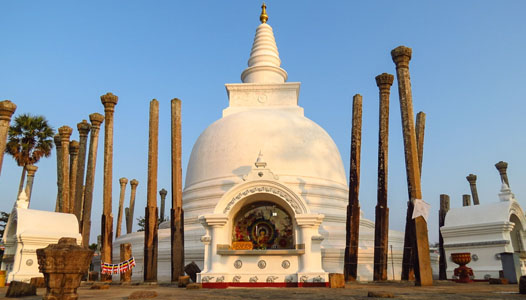
Anuradhapura attests in a unique and specific way to the Sinhalese civilization. On numerous occasions the city was submitted to the assaults of invaders from southern India – Tamils, Pandyas, Cholas, etc. It stands as a permanent manifesto of the culture of Sri Lanka, impervious to outside influences. The sacred city exerted a considerable influence on the development of architecture during several centuries. It includes remarkable monuments, particularly the Dagabas of colossal size, placed on circular foundations and surrounded by a ring of monolithic columns, characteristic of the Sinhalese stupas.
Kandalama Lake
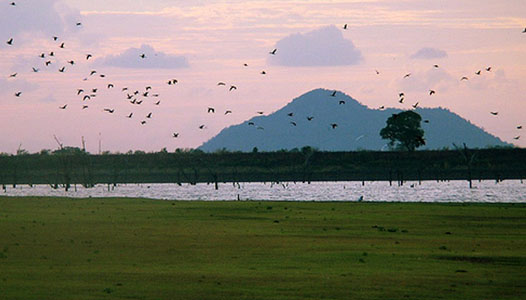
The Kandalama Reservoir (also erroneously known as the Kandalama Lake) is a reservoir in Kandalama, Sri Lanka. The reservoir is created by the 21 m (69 ft) high and 1,600 m (5,200 ft) wide Kandalama Dam. Water from the dam is used for irrigation purposes in the region, extending up to Kekirawa
Kavudulla Wildlife Sanctuary
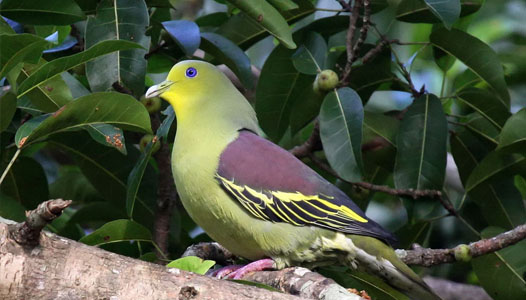
This was opened in September 2002 as a National Park. The entrance is at Door-9 Galoya on the Minneriya-Galoya Junction Road.
Kavudulla is home to a large herd of Elephants, Sambhur, Spotted Deer, Wild Boar, Wild Buffalo, a range of reptile species and large number of bird species. The Elephant population found here far exceeds those found in other National Parks.
Kavudulla is home to a large herd of Elephants, Sambhur, Spotted Deer, Wild Boar, Wild Buffalo, a range of reptile species and large number of bird species. The Elephant population found here far exceeds those found in other National Parks.
